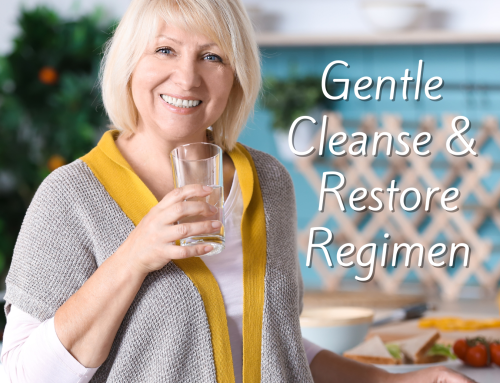We all Know that Antioxidants Counteract Free Radicals. But Did you Know that the Most Powerful Antioxidants are Essential Oils?
The Antioxidant Capacity of a Substance is measured in ORAC (Oxygen Radical Absorbance Capacity).
Please see below a table of foods and their ORAC values:
| Ningxia Wolfberries | 30,300 |
| Blueberries | 2.400 |
| Kale | 1,770 |
| Noni Juice | 1,712 |
| Xango Juice | 1,644 |
| Strawberries | 1,540 |
| Spinach | 1,260 |
| Raspberries | 1,220 |
| Brussel Sprouts | 980 |
| Plums | 949 |
| Broccoli florets | 890 |
| Beets | 840 |
| Oranges | 750 |
| Red Grapes | 739 |
| Red Bell Peppers | 710 |
| Cherries | 670 |
Something I wasn’t aware of before I learned about Essential Oils is that they are some of the most powerful antioxidants. Make sure that when ingesting an Essential Oil it is labeled for internal use, read all dietary supplement facts and warnings, and please read this article on internal/oral use of essential oils.
The Most Powerful Essential Oils (ORAC value):
| Clove | 1,078,700 |
| Myrrh | 379,300 |
| Citronella | 312,00 |
| Coriander | 298,000 |
| Fennel | 238,400 |
| Clary Sage | 221,000 |
| German Chamomile | 218,600 |
| Marjoram | 151,100 |
| Melissa | 139,905 |
| Ginger | 99,300 |
| Cumin | 82,400 |
| Black Pepper | 79,700 |
| Basil | 54,000 |
| Peppermint | 37,300 |
| Lime | 26,900 |
| Grapefruit | 22,600 |
| Thyme | 15,960 |
| Oregano | 15,300 |
| Cassia | 15,170 |
| Cinnamon Bark | 10,340 |
| Orange | 1,890 |
| Lemongrass | 1,780 |
| Lemon | 660 |
| Lavender | 360 |
Just to give an example, you would have to eat 2 pounds of carrots, 2 quarts of blueberries or drink 2 cups of red beet juice to get the same antioxidant intake as 1 drop Clove essential oil provides.
People often ingest essential oils by:
- adding one drop to a glass of water, juice, smoothie or other drink
- adding one drop to appetizers, main courses, desserts (see recipes)
- adding essential oils along with a vegetable oil to an empty veggie cap to swallow
The antioxidant capacities of Essential Oils are being analyzed as a potential in food protection.
The Journal of Agricultural & Food Chemistry writes:
” Many EOs have antioxidant properties, and the use of EOs as natural antioxidants is a field of growing interest because some synthetic antioxidants such as BHA and BHT are now suspected to be potentially harmful to human health. Addition of EOs to edible products, either by direct mixing or in active packaging and edible coatings, may therefore represent a valid alternative to prevent autoxidation and prolong shelf life.”
Many people have Essential Oils in their kitchen cabinet just like dried spices to add when preparing foods & drinks. It is important to mention that essential oils have a low smoke point, so adding the oils to cold drinks and dishes or at the end of a cooking cycle is best practice to maintain their therapeutic value. For instance, when making a stir fry, many use Grapeseed or Avocado oil to stir fry because of its high smoke point. People prepare four ounces of the oil with two drops of any essential oil they like to add for flavor and therapeutic benefit, and then add one or two tablespoons of that oil mixture at the end of the cooking cycle and let simmer at low temperature for one minute. Another reason people like using the essential oils in preparing their dishes is that it is much cheaper than using fresh herbs! One drop of basil essential oil is enough for a pot of spaghetti sauce and costs only about $0.07. Many essential oils have unlimited shelf life if kept out of direct sun and heat (except for the citrus based oils that have a three year shelf life). So, using essential oils in the kitchen means for many: adding therapeutic value, adding antioxidants, elevating flavors, and saving money.






